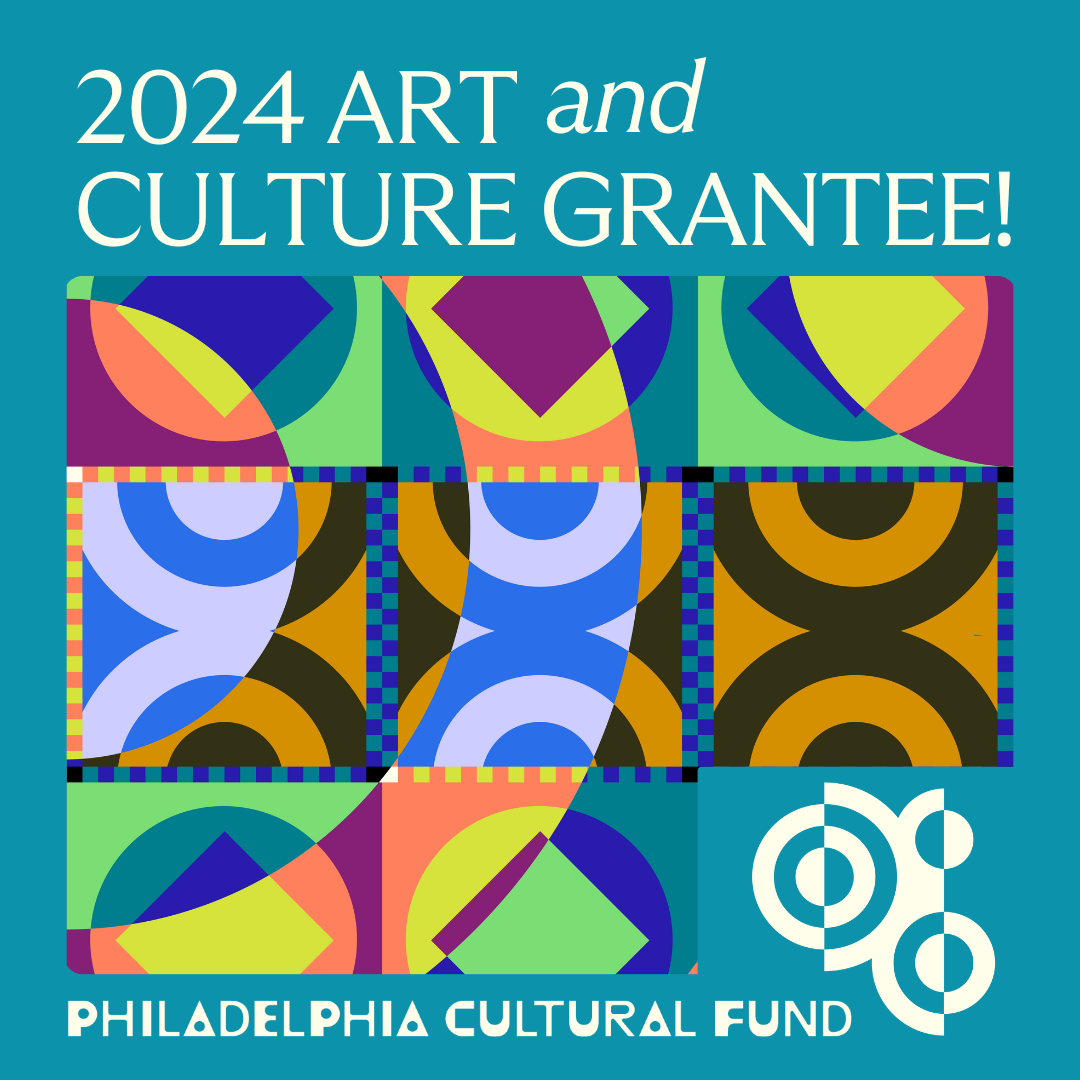Penn Center, one of the country’s most acclaimed examples of 20th century, post World War II urban renewal, is a lasting legacy of Edmund Bacon and the Philadelphia City Planning Commission. Learn how this world-famous city planner based this commercial development complex on William Penn’s vision that Market Street would be a commercial thoroughfare and
Archives: Walking Tours
Underground Philadelphia
Discover the Philadelphia Plan, which gave us two Art Deco masterpieces, the monumental 30th Street Station and Suburban Station, the first all-underground rail terminal. The tour starts at 30th Street Station and proceeds via trolley to 19th St. From the Comcast tower lobby, descend into an underground concourse network to the site of The Fashion
University of Pennsylvania
Stroll the campus of one of the country’s most prestigious Ivy League schools. See old and new buildings designed by such notable American architects as Trumbauer, Cope & Stewardson, Furness, Kahn, and Venturi Scott Brown. Hear about campus planning and the neighborhood’s revitalization and enjoy the University’s award-winning landscape.
Frank Furness: A Talk and Tour
Explore the work of one of Philadelphia’s most colorful architects by taking this comprehensive, first-of-its-kind tour. Buildings that have been demolished or that are beyond walking distance will be discussed by illustrated presentation inside the Furness-designed First Unitarian Church. After the presentation, join your guide for a walking tour of nearby Furnessian gems.
Around Washington Square
Walk around one of William Penn’s original planned public parks. Learn how this square served as a burial ground for over 1,200 Revolutionary War soldiers, then as a potter’s field before receiving its present name in 1825. See The Athenaeum, the first Italian Renaissance building in the US, and learn how the Square became home
Emergence of a Modern Metropolis
Experience the transformation of Philadelphia from America’s 19th century engine of industry to a 21st century capital of business and culture. This tour explores Philadelphia’s diverse range of architectural styles and building technologies from the 1860s to the present, detailing the social, economic, and political forces that shaped the modern cityscape.
Up and Over the Ben Franklin Bridge
You’ve crossed it by car or viewed it from afar; now experience this magnificent bridge from a whole new perspective! Walk from Philadelphia to Camden with our guide to learn about the history and construction of what was once the longest suspension bridge in the world. Look down on the mighty Delaware River between Pennsylvania
Navy Yard
Since the closing of the Philadelphia Naval Shipyard in the late 1990’s, the area has been transformed into one of the most successful redevelopment projects in the city. Today it is a thriving, mixed-use riverfront community with more than 15,000 people and 150 companies and soon to be residential apartments. Learn about the Navy Yard’s
Old City
Explore colonial Philadelphia and walk some of its original streets. See famous Elfreth’s Alley, the oldest continuously occupied street in the US, and experience the walking/mercantile city, as well as a later generation of Victorian structures. Learn how this area remained the center of Philadelphia’s commercial, retail and governmental activities until the city finally moved
Ambler
Ambler was first settled by white Europeans in 1682 and was a small mill town until it was transformed into a factory town for asbestos company Keasbey and Mattison. The “asbestos king” built his own castle here. We will walk from the train station and learn who has lived in Ambler since the time of
